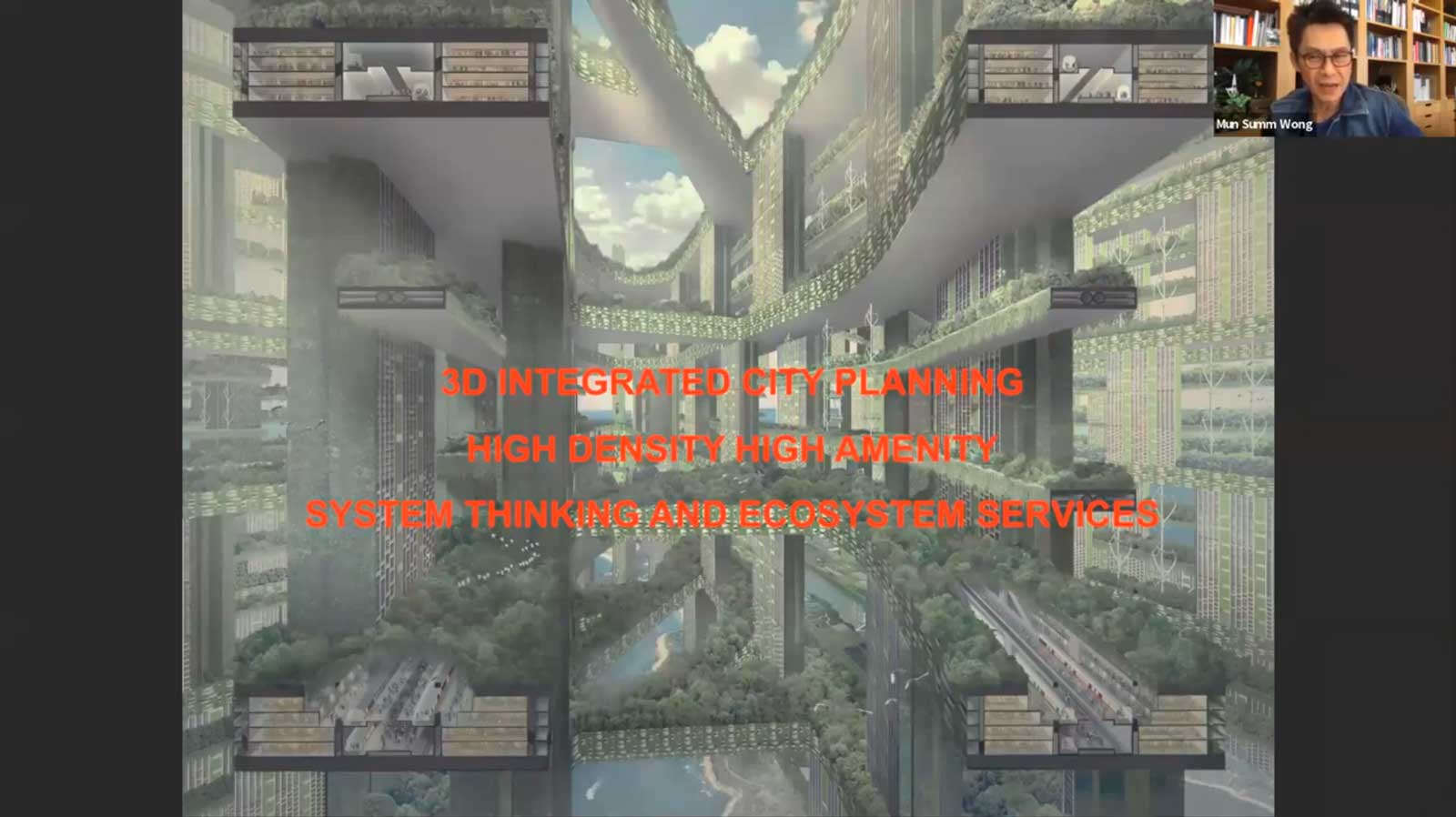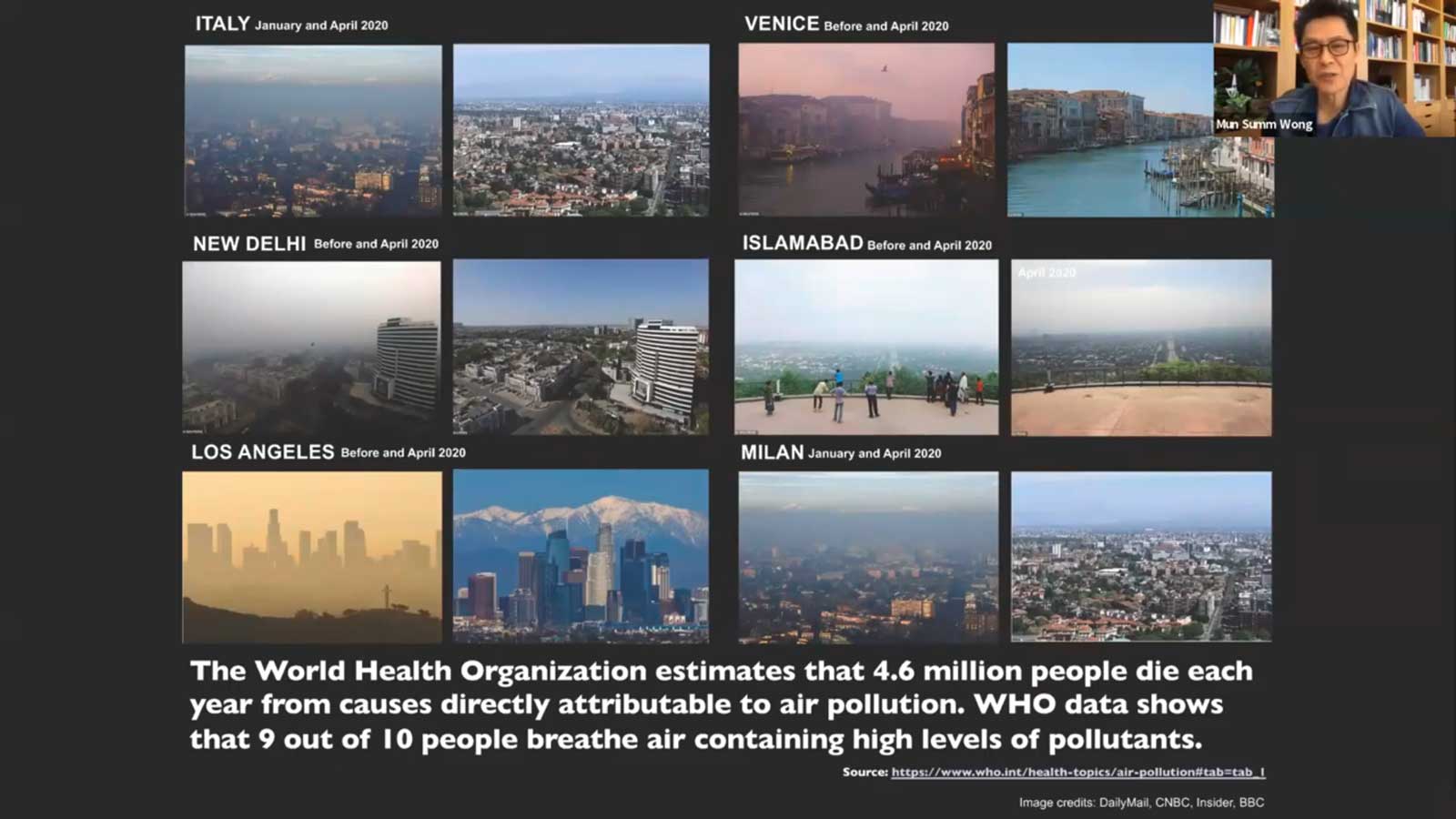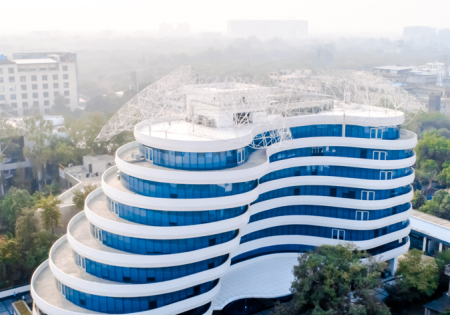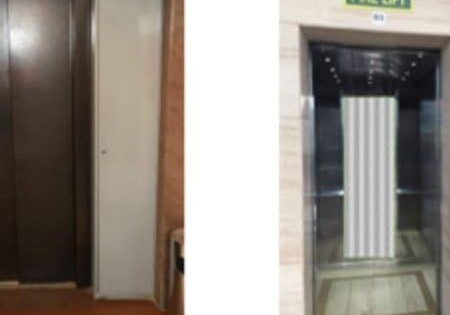“Global Digital Event Series” kicks off to good attendance, charity funding.
The Council on Tall Buildings and Urban Habitat (CTBUH) held an hourlong webinar, “Adapting Urban Density to the Pandemic Challenge,” on May 6. The first of a series of virtual events, the panel discussion saw experts investigating how the city-building industry is addressing the challenges arising from COVID-19 and the responsiveness of dense cities to future crises.
Approximately 500 registered and donated more than US$3,100 to the World Health Organization’s COVID-19 Solidarity Response Fund. Live attendees numbered 366 from 44 countries to see and hear the four panelists moderated by CTBUH Chairman Steve Watts, who is also partner at alinea Consulting.

Suzanne MacCormick, global healthcare business growth director for WSP, a Canadian consultancy for the built and natural environment, explained that half of the world population lives in cities, with that figure rising to 70% in 30 years. Poverty and environmental degradation are dense cities’ biggest problems. As they are responsible for 75% of CO2 emissions, she focused on climate change, especially as it affects air pollution, explaining:
“Over the last few weeks, we’ve all become more and more aware of how important our air is to us. But air pollution was killing people long before this COVID-19 pandemic struck us, and it’s been linked to increases in rates of cancer, heart disease, stroke and other diseases. Research in America has shown that about 40% of people will die through air pollution.”
To ensure cities are safe, healthy and sustainable, “We need to reshape the approach to city design — from the inside out,” she concluded. This includes not only buildings and streets, but also touchpoints like elevator buttons and handrails of all types.
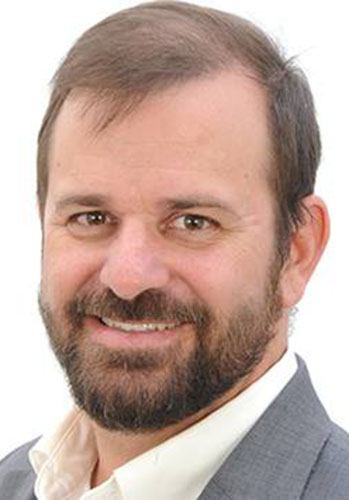
Next, Robert Rottersman, principal and industrial hygienist for engineering consultancy Ramboll Group A/S in Chicago, gave acute guidance on COVID-19 responses. Rottersman explained he has been working with companies to reduce the virus’ effects within their facilities. He said there is a misconception about air transmission: the spread of coronavirus requires an air droplet to survive. “In most buildings, it’s not going to travel very far,” he added. “It’s not going to get into your ventilation system. . . . We’re not seeing that yet. So, we’re fortunate in that way.”
Continuing, Rottersman said that close occupant contact should be the focus for this outbreak. Outlining “the hierarchy of control,” in which the steps are first to eliminate the threat, then use administrative controls, then use personal protective equipment. However, since people who may have the virus cannot simply be eliminated from the urban environment, the next step has been taken. These administrative controls include social distancing, increasing ventilation circulation and eliminating as many touchpoints as possible. Among the most important of these involves elevator buttons, which he suggested should be bypassed by using apps to make elevators completely automatic.
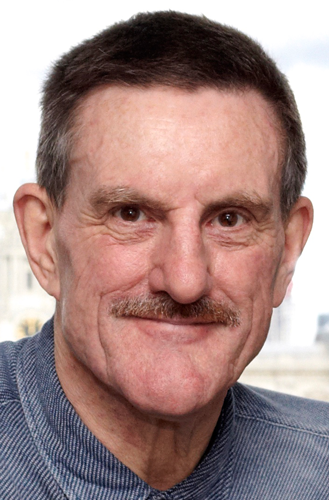
Dr. Peter Wynne Rees, professor of places and city planning at University College London and former City of London Corp. chief planning officer, next presented on making workplaces “better.” London’s history of bouncing back from plagues and other crises was examined, focusing on the positive aspects of their rebounds, Rees said. However, “You shouldn’t try to come back the same as you were before. You need to learn things and adapt to create a new normal.” He added that it is fortunate headway had been made to this end prior to the pandemic. For example, there have been trends showing that the true strength was/is not really in big corporations.
“We’re all traveling far too much,” Rees emphasized, with the problem not being “density of occupation, but density of travel.” This is how the coronavirus spread so quickly in the first place. Increasing the cost of air travel, outlawing cruises and even slowing down and reducing the frequency of high-speed trains were some of his suggestions.

Mun Summ Wong, founding director of WOHA Architects in Singapore, worried we may not learn the lessons of the pandemic. He said urban density is not the problem; rather, it is that “cities and developments are not built with sufficient spaces, and social spaces and amenities are not incorporating or safeguarding enough nature and allowing corporations to maximize profits.” He showed photos of (usually) polluted cities with stark contrast between pre- and inter-pandemic smog (Figure 1), showing how “our lives really could be better without vehicles,” especially personal vehicles, noting that crashes in them account for more than 1 million deaths a year. He added that, rather than conventional 2D planning, engineers use “3D integrated city planning” with high densities and amenities, as well as system thinking and ecosystem services for a host of benefits, such as repairing the planet by thinking about buildings being able to produce food and clean energy and water (Figure 2).
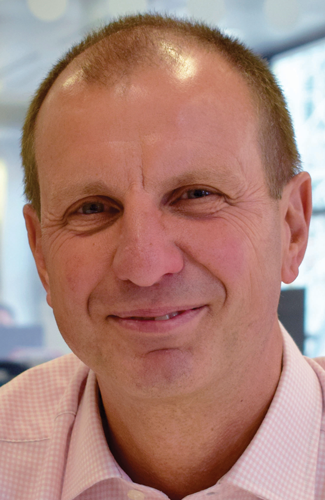
In response to Watts’ question, “Will COVID actually change everything, or will human memories prove short, and will we all, like in previous crises, just revert to type?” MacCormick thinks people will revert to type due to them being self-centered, unless a trigger is provided. Rottersman explained the role density plays in contagion, but Wong maintained that design by increasing amenities at the same rate as density can counter density’s disadvantages. He gave examples of how public housing is handled better in Singapore than in Hong Kong.
It was agreed that reducing the density of, particularly, public transportation would be helpful in reducing contagion, with Rees calling for an increase in public transportation spending and office scheduling in ways to prevent workers from traveling as often. Rented property for residences, he and Wong agreed, will help in reducing the wealthy from buying apartment buildings as nearly empty, wasted “safety deposit boxes.” Rees said rent control and, more importantly, security of tenure are the best ways the government can help.
The speakers agreed that increasing density is inevitable. Their solution, as Wong articulated, is, “We have too many bad cities, and I think it’s about time to make all the cities better.” Specifically, Rees added, cities need to protect their important retail areas and plan to repurpose the ones that are closing in the wake of the pandemic. This can be seen as an opportunity for smarter planning. He also called for professionals to work with people to make where they live and work better, rather than enabling politicians to look at urban planning as trophy-grabbing through top-down strategy.
How will COVID-19 (and the possible COVID-20 or COVID-21) change society permanently? “I think it’s a wakeup call to us as humanity,” MacCormick said. Rottersman agreed, explaining there will likely be waves of coronavirus outbreaks and similar diseases that will give cause for alarm. Relatedly, Watts asked, “What can real estate learn from science?” New technology in buildings, including UV-C lighting and improvements to its use, are important to develop and expand, Rottersman answered.
Finally, building for better healthcare was discussed. “I think it needs to be a collaborative way forward,” MacCormick said. All involved, from politicians to contractors, need to have a mindset of building “smart cities” and community living designed “in a healthy way.” Then, that needs to be taken “one step forward into whatever it is this new world will be.”
“There should be a social solution to this problem,” as opposed to a technological one, Rees concluded.
Click here to watch the full video.
Get more of Elevator World. Sign up for our free e-newsletter.
